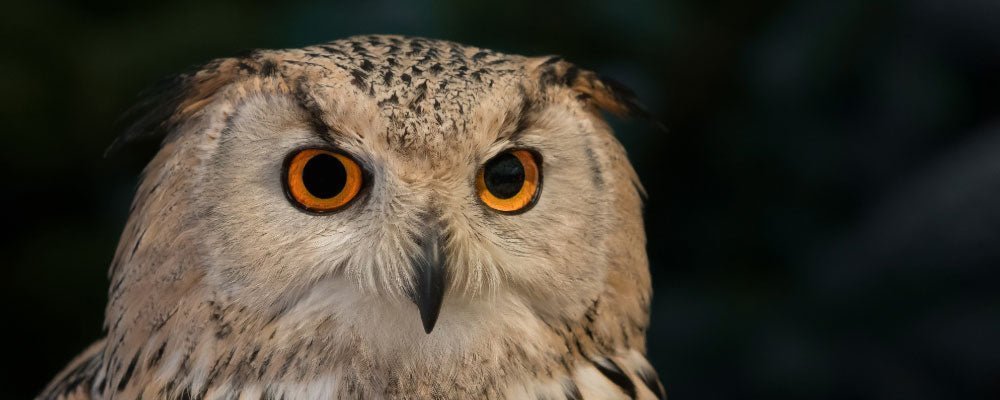
Tawny, Little and Barn Owls - A Guide
More likely to be heard rather than seen, owls become more active after dark feeding on a diet of small mammals, birds, rodents and invertebrates. It is possible to determine the diet of owls by examining their pellets, which are the indigestible remains of their prey.
Here's our guide to Tawny, Little and Barn Owls:
Tawny Owl (strix aluco)
Widely found across Europe and North Africa. the distinctive double call notes of the tawny owls reveal their presence, even though their dark coloration makes them difficult to spot. Tawny owls prefer ancient woodland and nearby gardens, where trees are large enough to provide hollow nesting cavities.
They will, however, adapt to using nest boxes, which has helped to increase their numbers. Nocturnal by nature, these owls may nevertheless occasionally hunt during the daytime, especially when they have chicks in the nest.
They usually sit quietly on a perch, waiting to swoop down on their quarry. Young tawny owls are unable to fly when they first leave the nest, and at this time the adults can become very aggressive in protecting their offspring.
Little Owl (athene noctua)
Found in Southern Britain and throughout Europe at similar latitudes into Asia, little owls can be seen resting during the daytime, on telegraph poles and similar perches in the open. Introduced to Britain in the 1800s, they have since spread right across southern England, where they venture into gardens near farmland.
They hover in flight, but are rather ungainly when walking on the ground. One factor which has assisted their spread is their adaptability in choosing a nest site disused factories and even rabbit warrens may be used. The hen sits alone for the incubation, which lasts 24 days. Both adults feed the young, who fledge after five weeks, and are independent in a further two months.
Barn Owl (tyto alba)
Found across the world, through Europe and the Middle East, barn owls seek out dark places in which to roost and often use buildings hence their name. They may be seen in gardens near open country or swooping over farmland, and will sometimes nest in large oblong boxes placed high in outhouses.
Males in particular will often utter harsh screeches when in flight, which serve as territorial markers, while females make a distinctive snoring sound for food at the nest site. They pair for life, which can be more than 20 years. Barn owls have adapted to hunting along roadside verges, but here they are in real danger of being hit by vehicles.
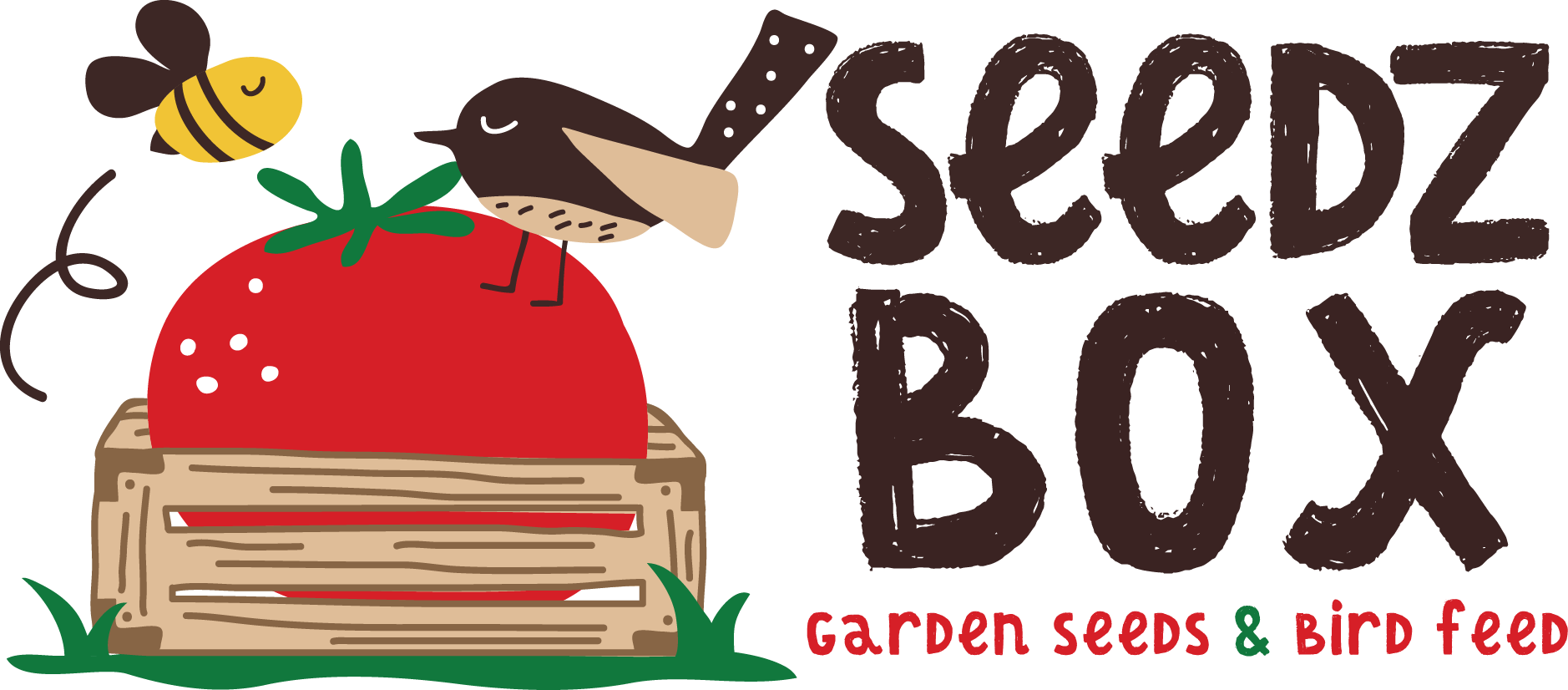

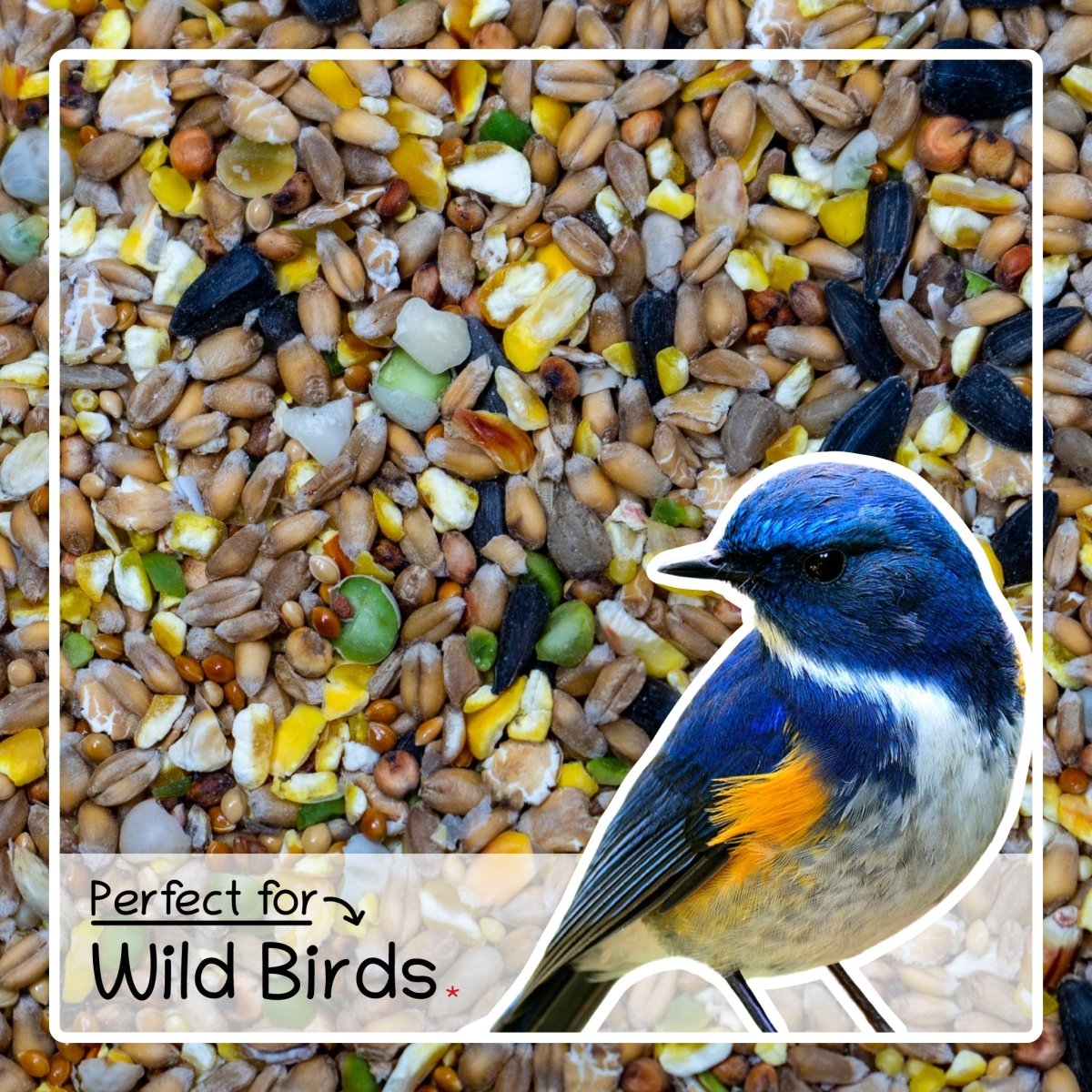
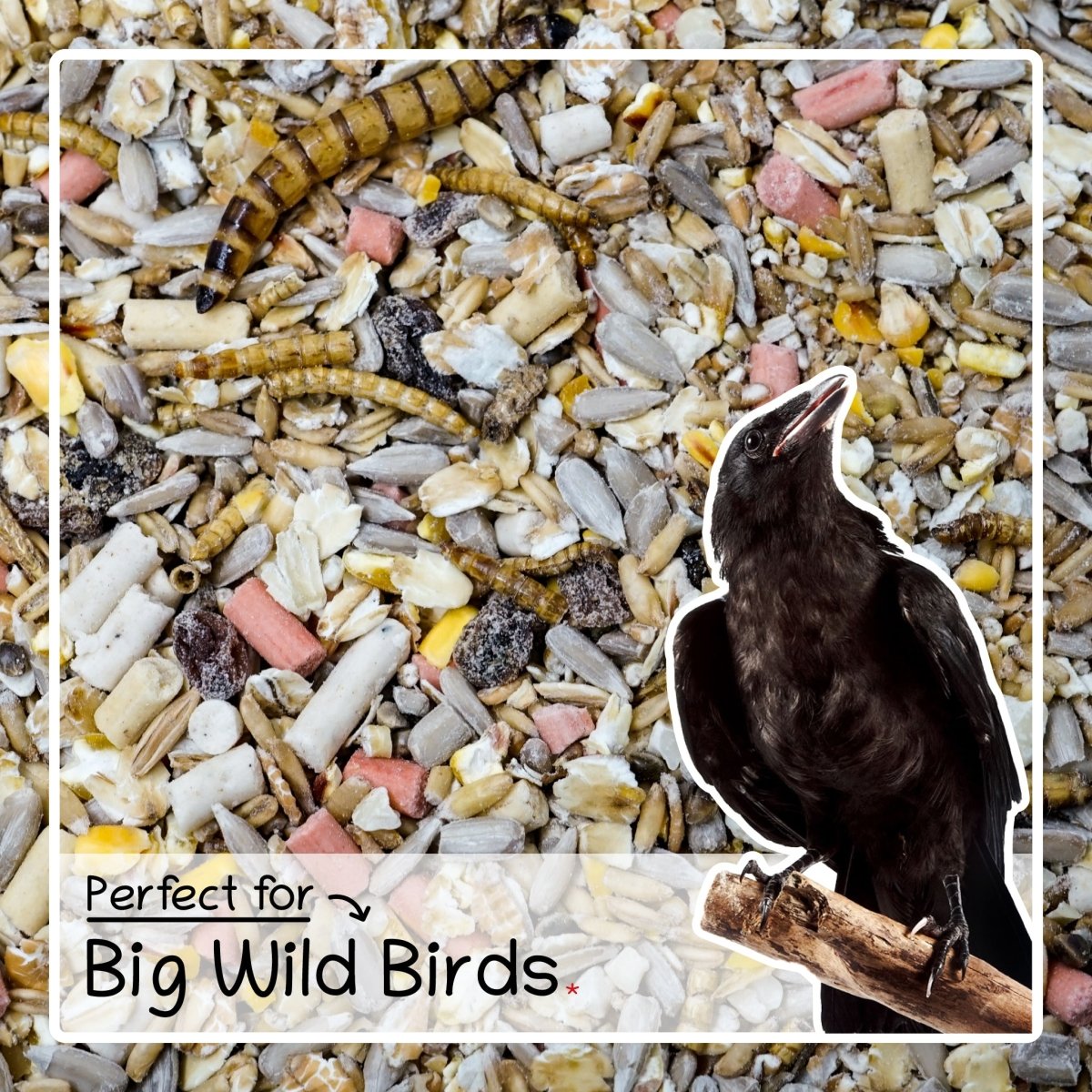
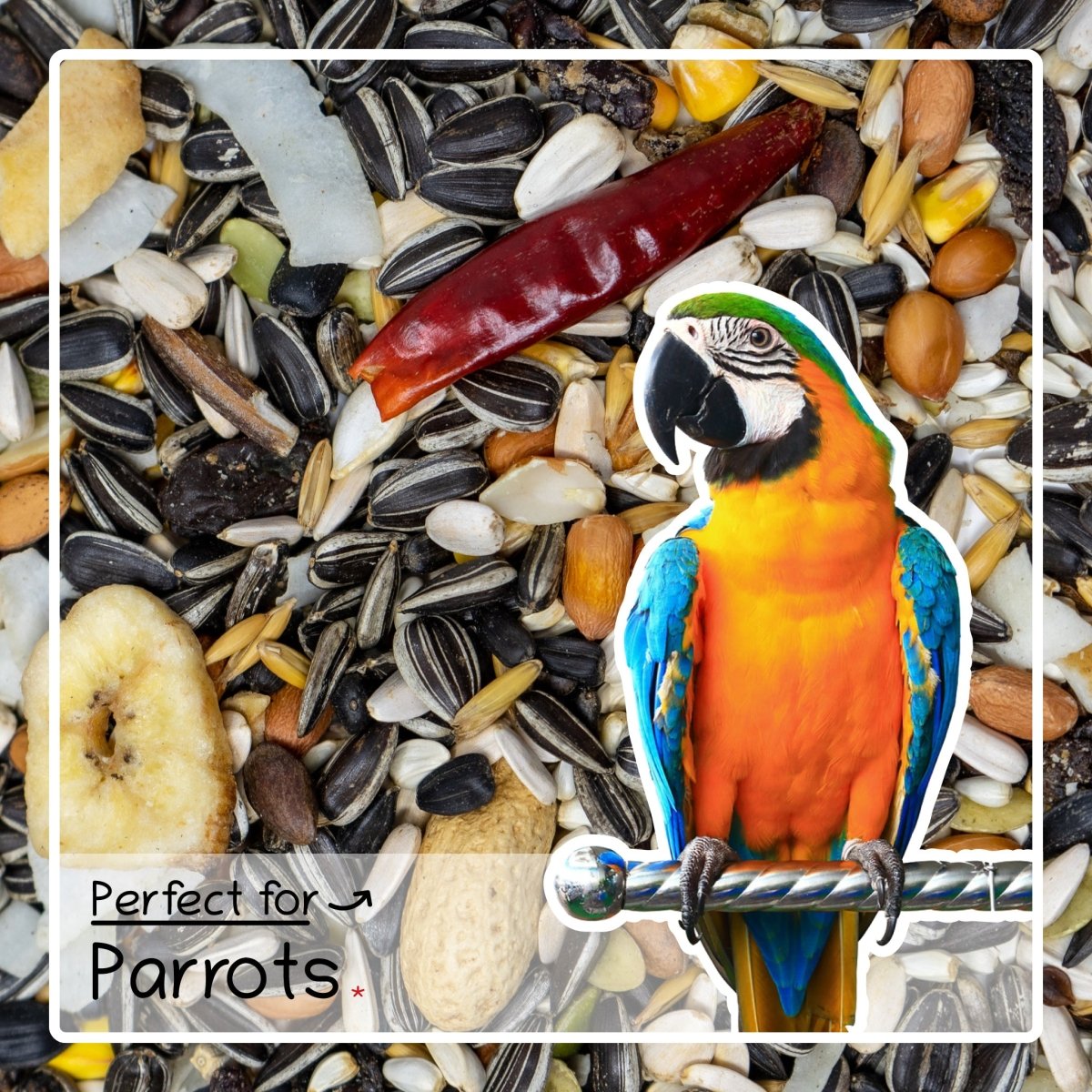
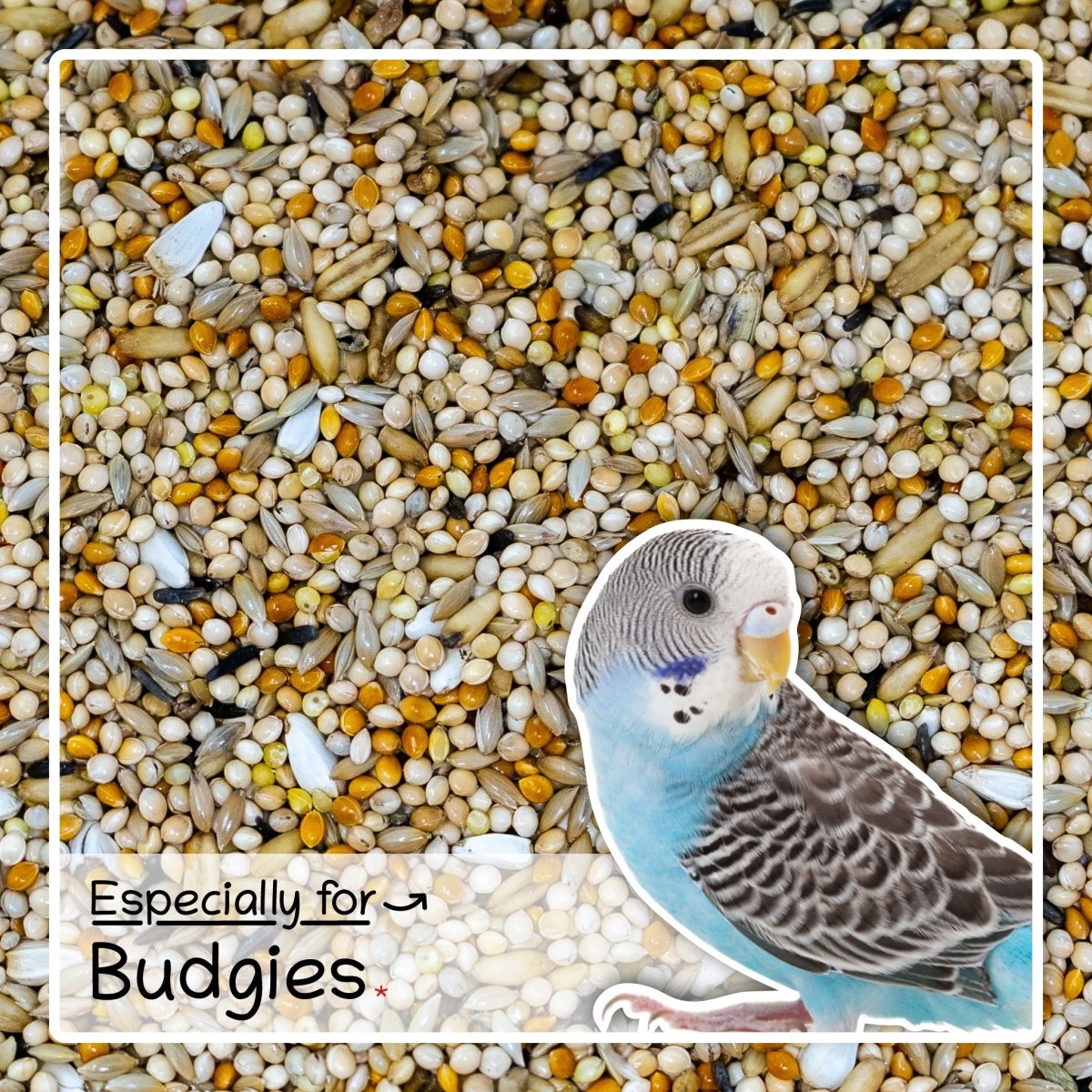
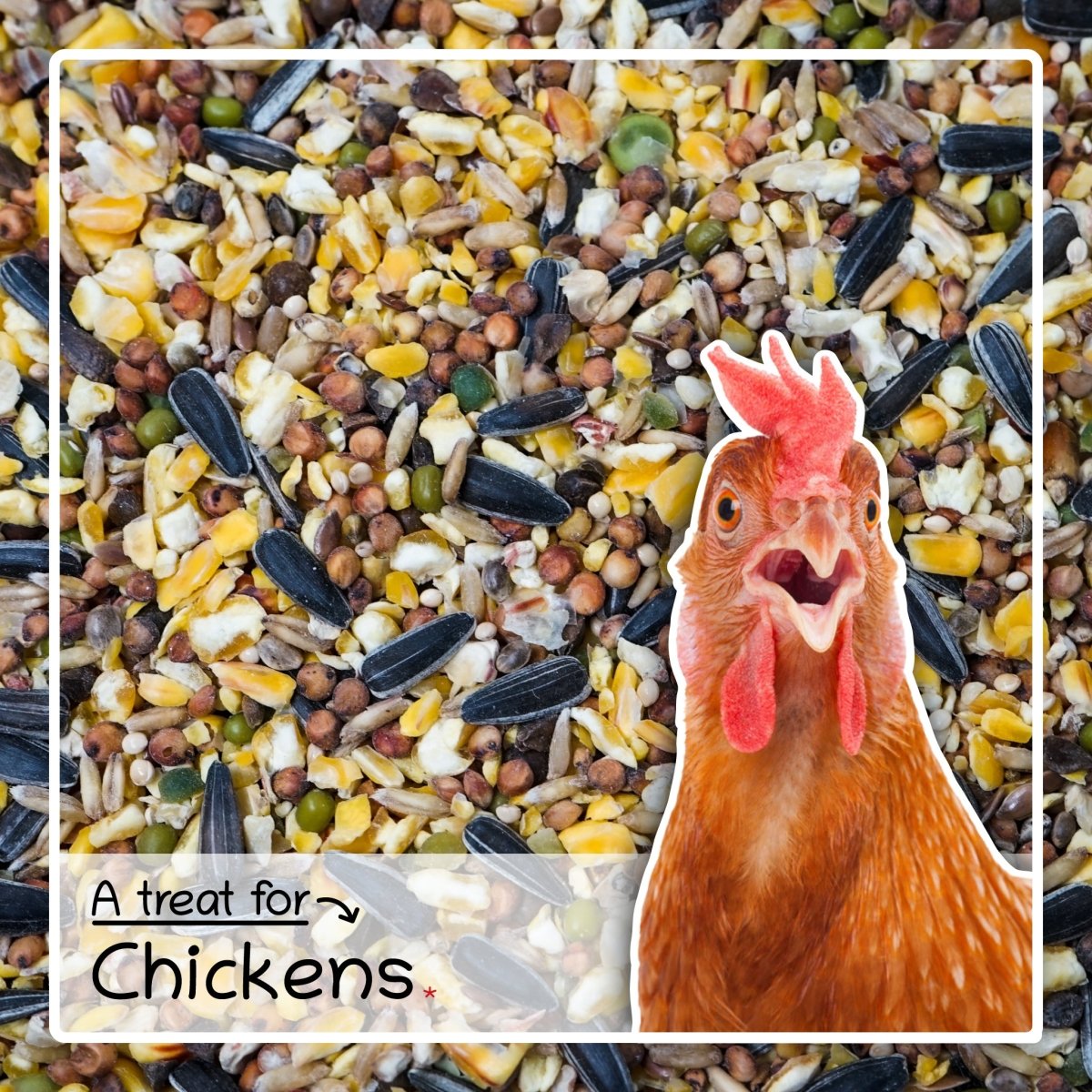
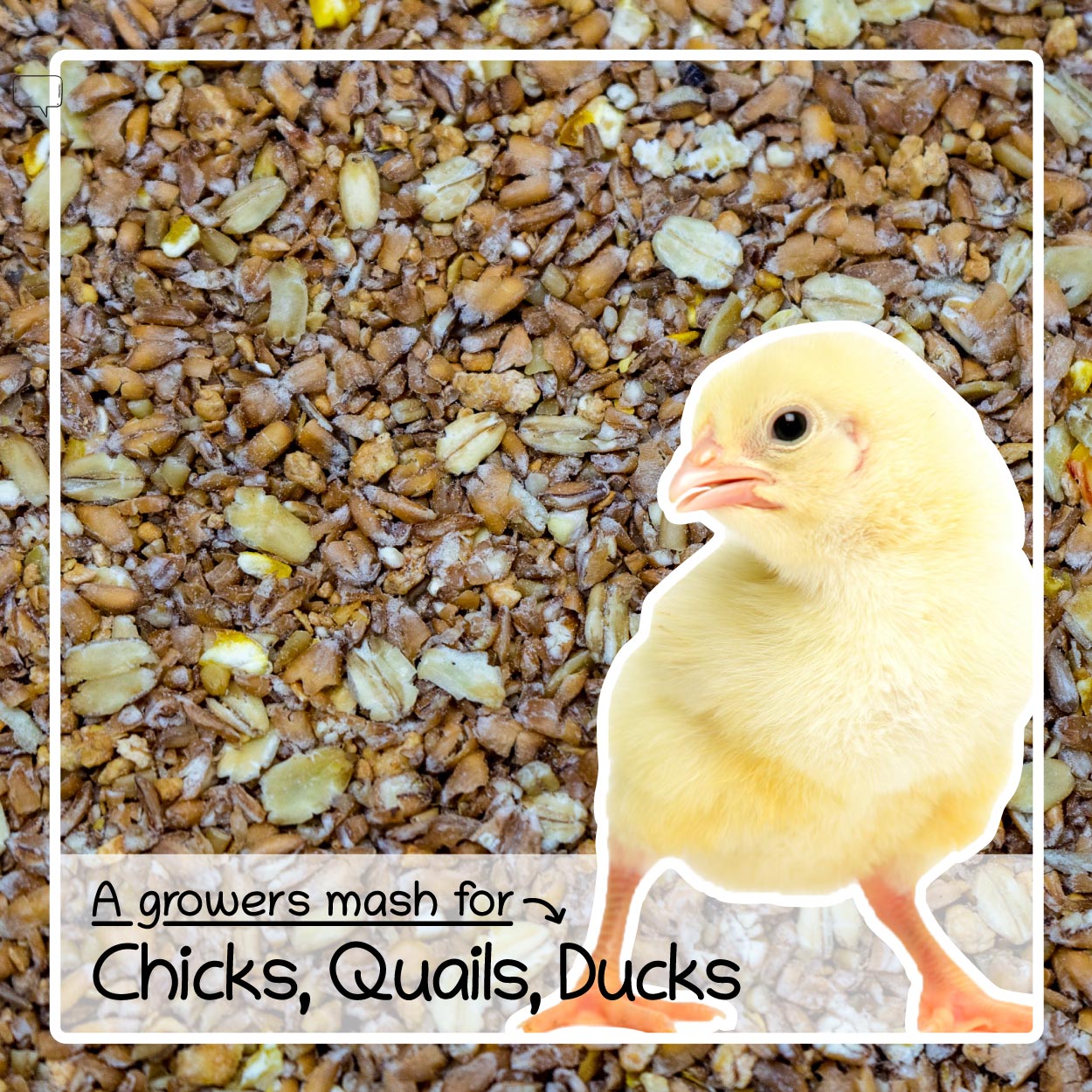
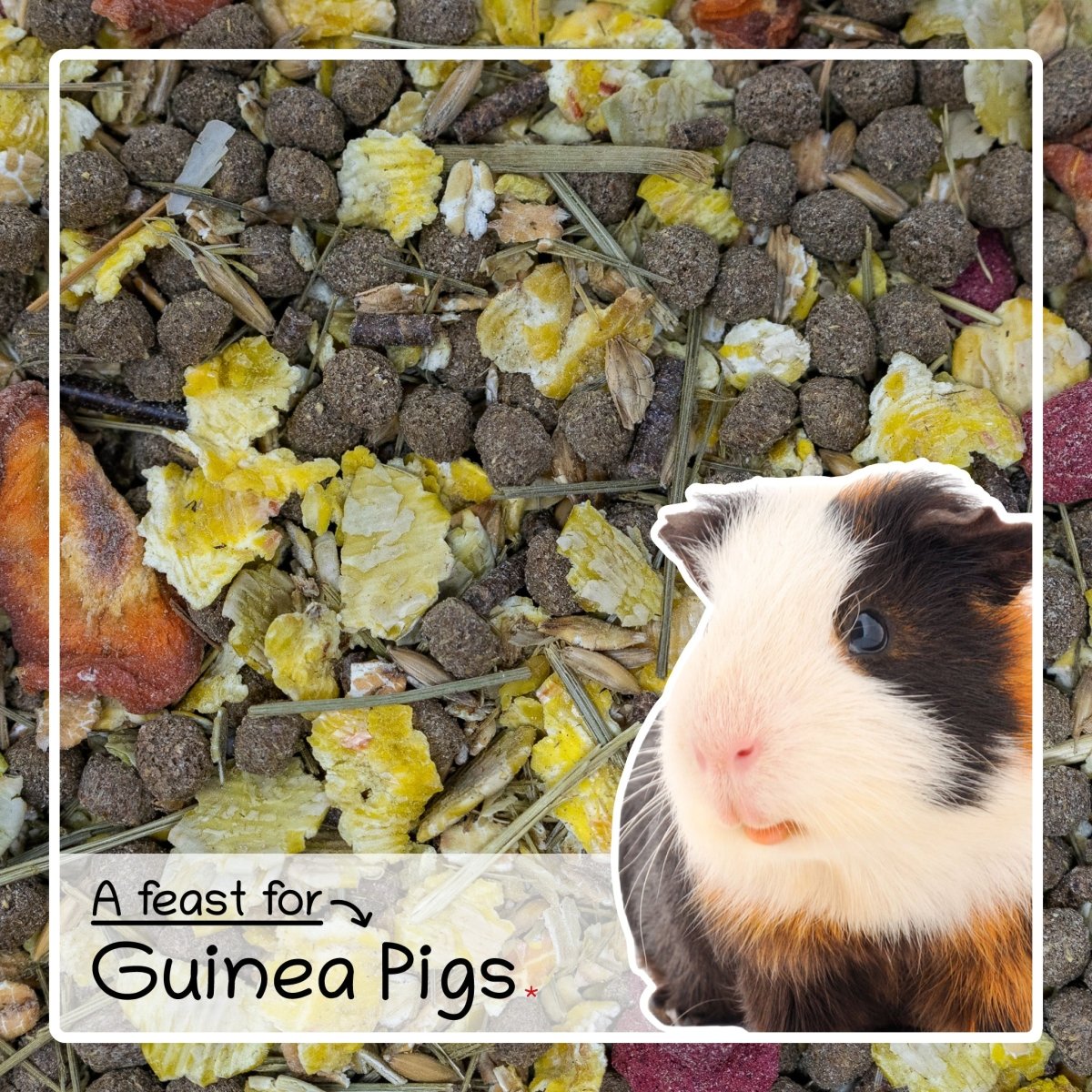

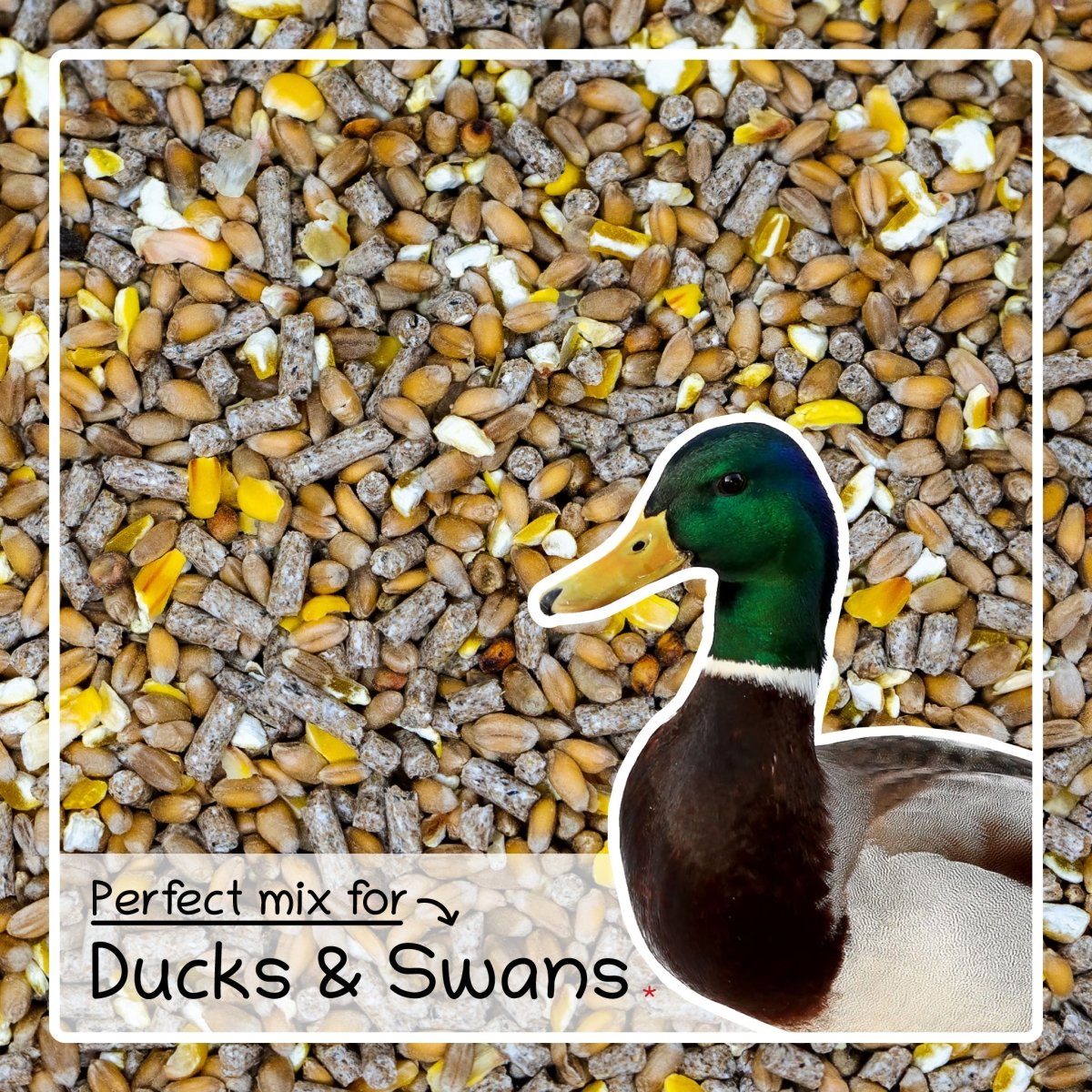



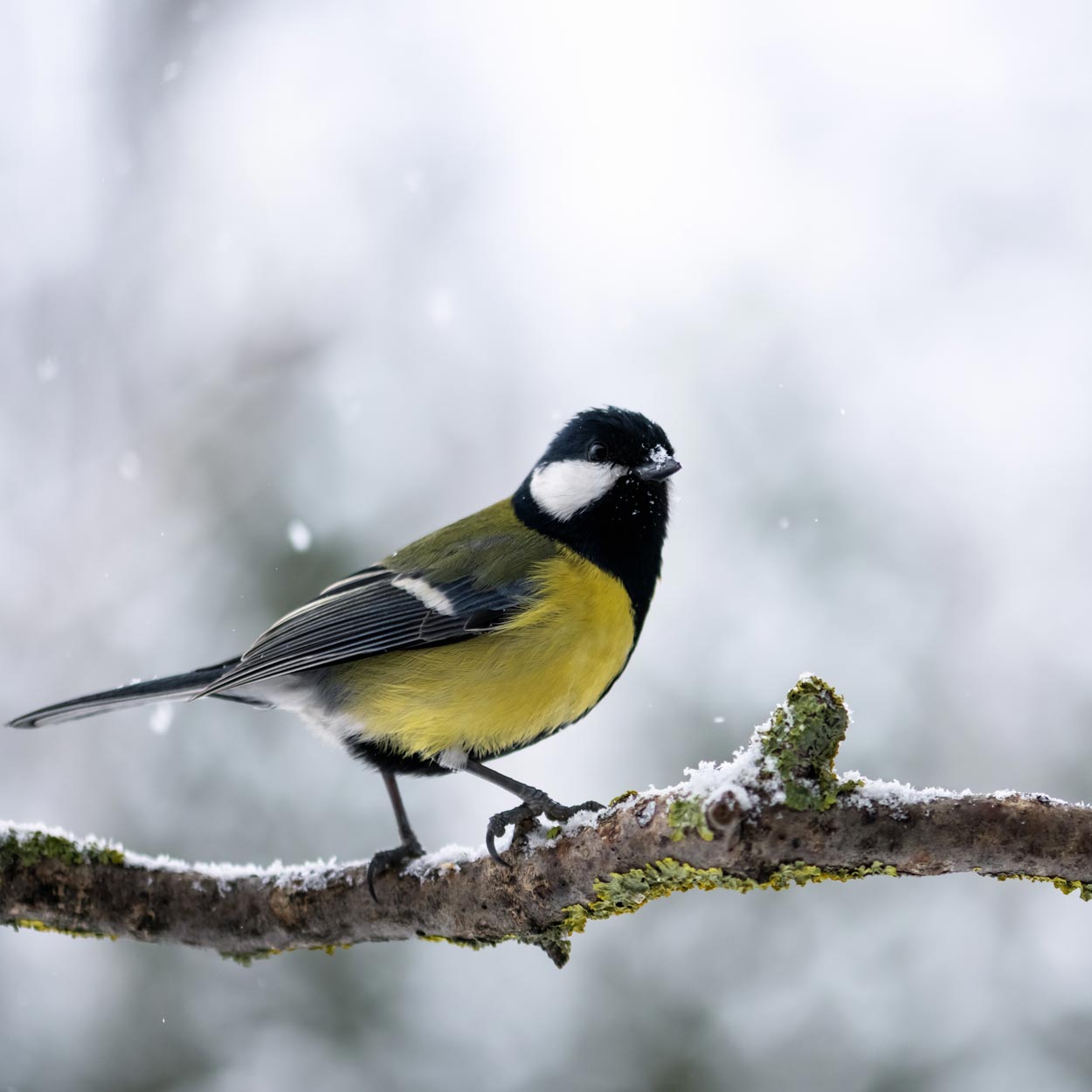
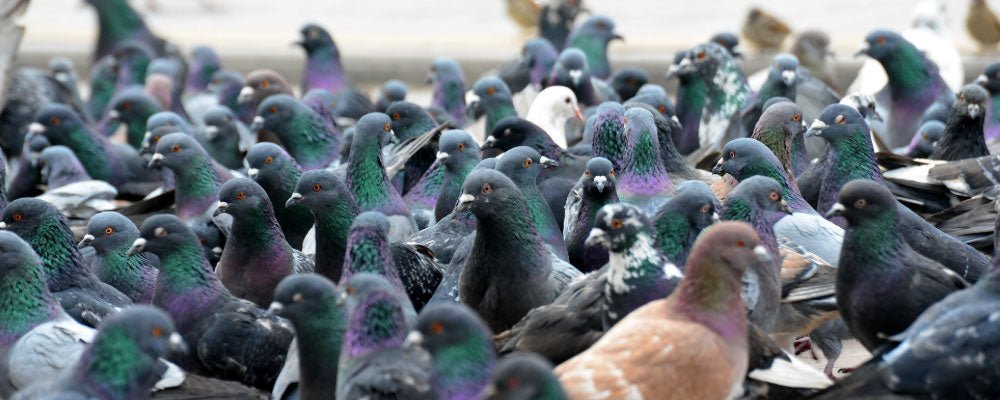
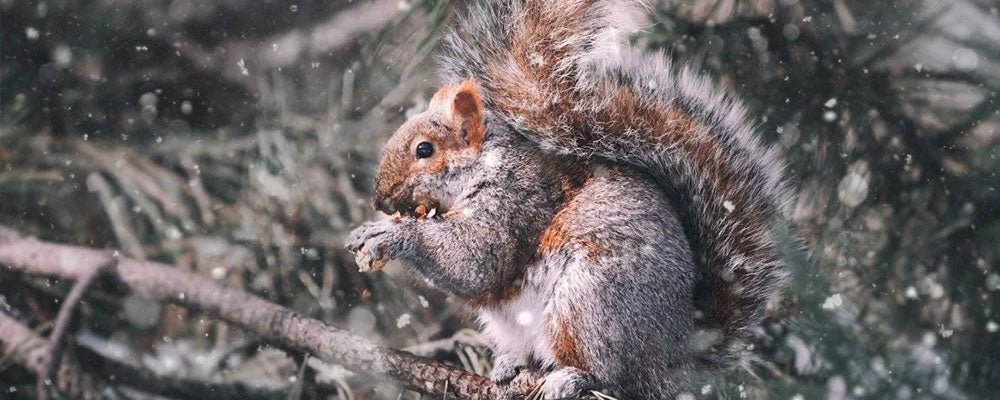
Leave a comment
This site is protected by hCaptcha and the hCaptcha Privacy Policy and Terms of Service apply.